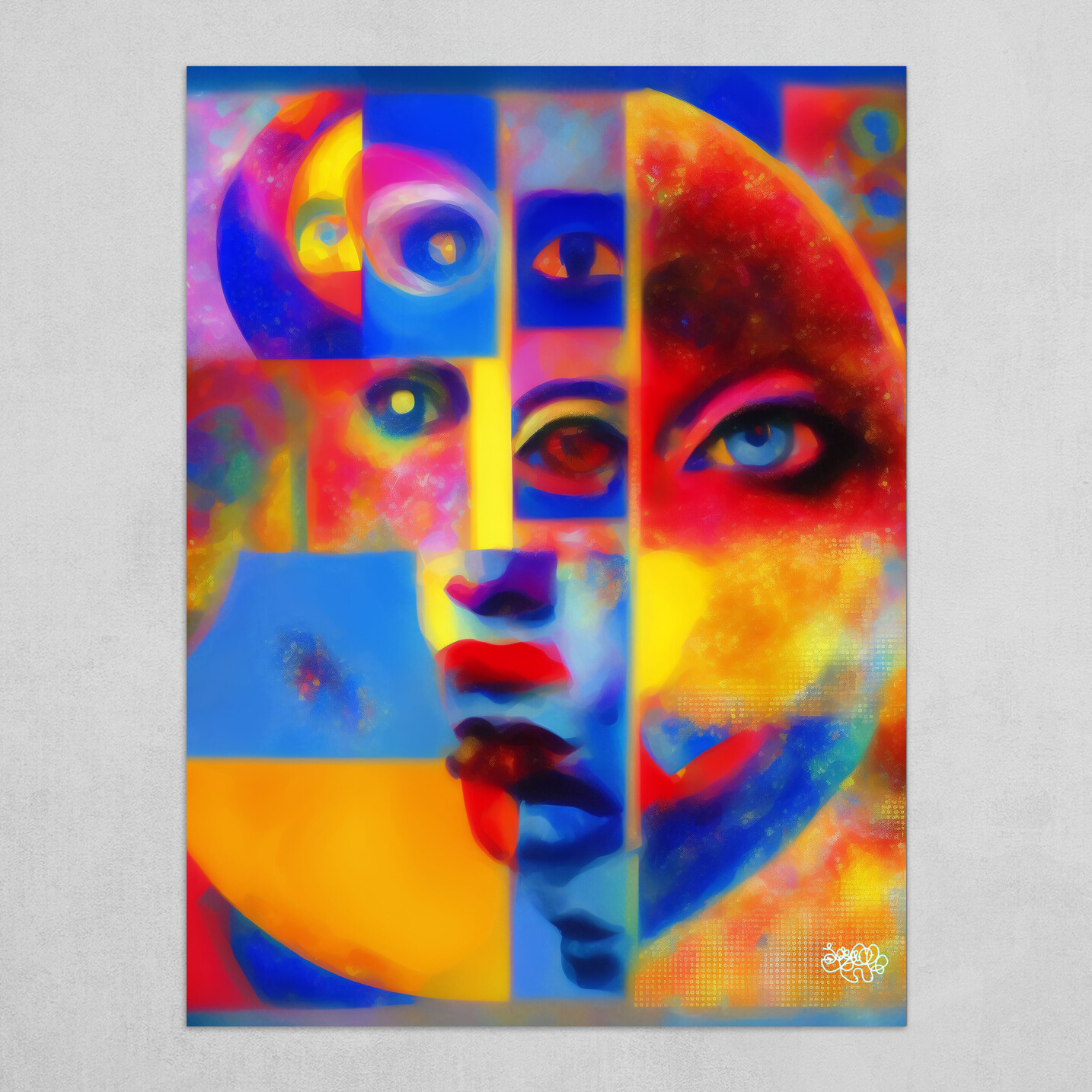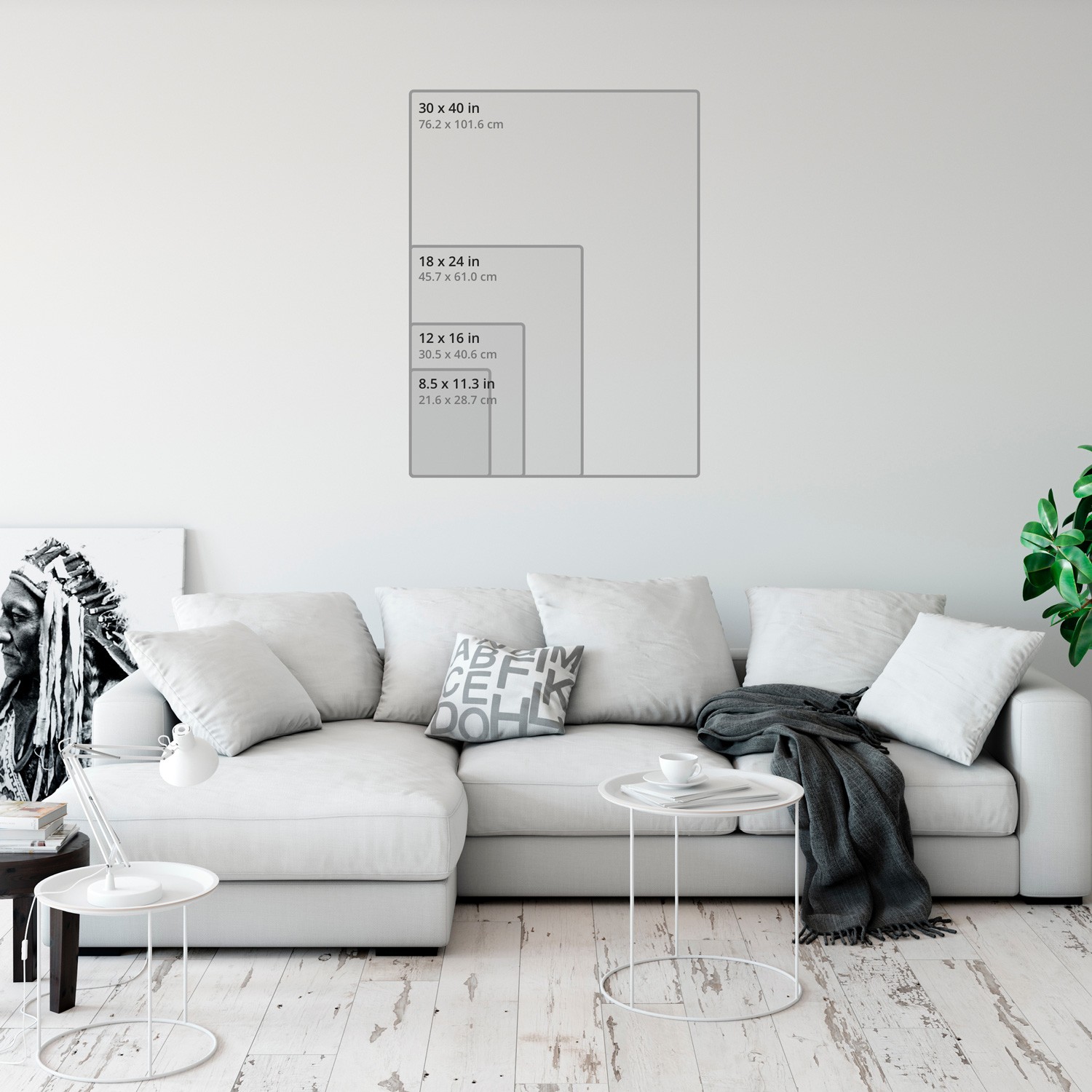Face in the Moon


In "Face in the Moon", I've explored the vibrant interface of unpredictability and discipline, strongly influenced by the iconic work of Francis Picabia. This piece takes shape through an technique I call 'hazing.'
Hazing is a process I use to construct an immensely complex prompt - a tangle of about 130 words deliberately designed to confuse the Stable Diffusion model. This puzzle, laced with invented words, opposing themes, mathematical formulas, and detailed rendering directives, forces the model to make unexpected decisions, introducing a dash of randomness into the artwork.
In this process, I also made heavy use of negative prompting. Usually, a negative prompt will act as a reverse reference, guiding the model to avoid certain aspects to sharpen the image. But here, it plays a more disruptive role, stirring up chaos rather than imposing order.
Once the hazing phase is complete, the artwork enters the 'inpainting' stage. This is where I manually adjust the composition, reintroducing a degree of control to balance out the wild randomness and align the artwork more closely with my vision.
Through the Stable Diffusion model - trained on a collection of my own artwork as well as historic Dada pieces by Hannah Hoch and Francis Picabia - "Face in the Moon" takes form. It's a vibrant explosion of color and form that stands proud without needing a final render.
"Face in the Moon" celebrates the unexpected beauty that springs from chaos, demonstrating the vast potential of AI as an artistic instrument. It represents a bold leap into the unknown, pushing boundaries and exploring the untamed, creative wilds. With its balance of random chance and controlled intent, this piece attempts to explore the artistic philosophy of Dada.
About ArtStation Art Posters
ArtStation Art Posters are a giant leap above standard posters by offering superior print quality and finish. Enjoy rich, vibrant colors with a beautiful satin finish that make artworks pop. ArtStation Art Posters are giclee printed on heavy 240gsm premium satin paper with a waterproof, micro-porous, resin coated surface. Archival pigment inks provide light-fade resistance for generations.

